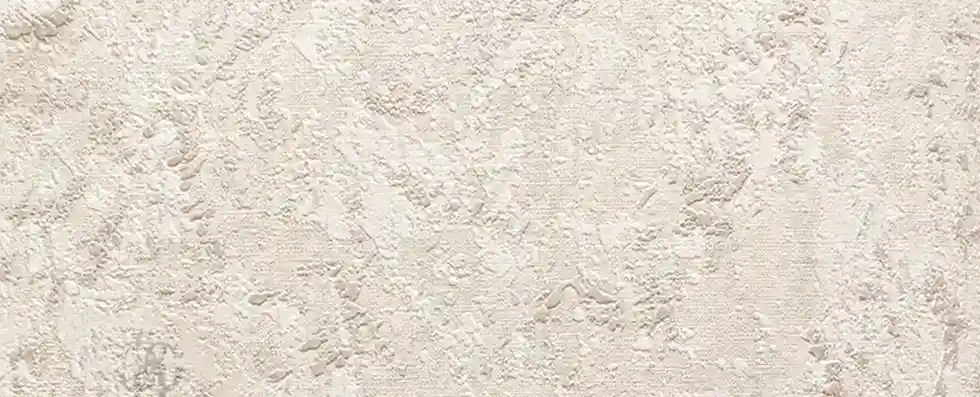Exploring the Difference: Traditional Stucco vs. Modern Stucco Systems
Stucco has long been a popular choice for enhancing the beauty and durability of buildings. Over the years, advancements in technology and materials have led to the development of modern stucco systems that offer improved performance and versatility. In this blog post, we will delve into the key differences between traditional stucco and modern stucco systems, shedding light on their unique characteristics and benefits.
Traditional Stucco:
Traditional stucco, also known as three-coat stucco, has been used for centuries and has a rich history in architectural design. It is typically composed of three layers: the scratch coat, the brown coat, and the finish coat. Traditional stucco relies on a combination of sand, cement, and lime, providing a time-tested and durable exterior finish.

Advantages of Traditional Stucco:
- Timeless Aesthetic Appeal: Traditional stucco offers a classic and elegant look that complements a variety of architectural styles.
- Excellent Durability: When properly installed and maintained, traditional stucco can withstand the test of time, protecting the underlying structure from the elements.
- Breathability: Lime, a key component of traditional stucco, allows moisture to escape, promoting good indoor air quality and preventing the build-up of moisture within walls.
Modern Stucco Systems:
Modern stucco systems, also known as EIFS (Exterior Insulation and Finish Systems) or synthetic stucco, have gained popularity in recent years due to their enhanced insulation properties and design flexibility. These systems typically consist of an insulating layer, a base coat, and a finish coat. The insulating layer provides improved energy efficiency, while the base and finish coats contribute to the overall aesthetics.
Advantages of Modern Stucco Systems:
- Enhanced Energy Efficiency: The insulating layer in modern stucco systems significantly improves the building’s thermal performance, reducing energy consumption and increasing comfort.
- Versatile Design Options: Modern stucco systems offer a wide range of textures, colors, and finishes, allowing for greater design customization and architectural creativity.
- Impact Resistance: The flexible nature of modern stucco systems helps to absorb impact and reduce the risk of cracks or damage caused by external forces.
- Moisture Management: Modern stucco systems include moisture barriers and drainage systems that effectively manage water intrusion, protecting the building’s structure.

Choosing the Right Option:
Deciding between traditional stucco and modern stucco systems depends on various factors such as aesthetic preferences, climate, budget, and specific project requirements. It is crucial to consult with a professional stucco contractor who can assess your needs and provide expert guidance to help you make an informed decision.
Conclusion:
Both traditional stucco and modern stucco systems have their unique advantages and characteristics. Traditional stucco offers timeless beauty and durability, while modern stucco systems provide enhanced energy efficiency and design flexibility. Ultimately, the choice between the two depends on your specific needs and goals. By understanding the differences between traditional and modern stucco, you can make an informed decision and achieve the desired results for your stucco project.
We help you find solutions for your stucco needs.
If you’ve noticed signs of water damage to your stucco home, contact Stucco Today. We’ll come out for an inspection of your walls and inform you of the next steps you should take.

